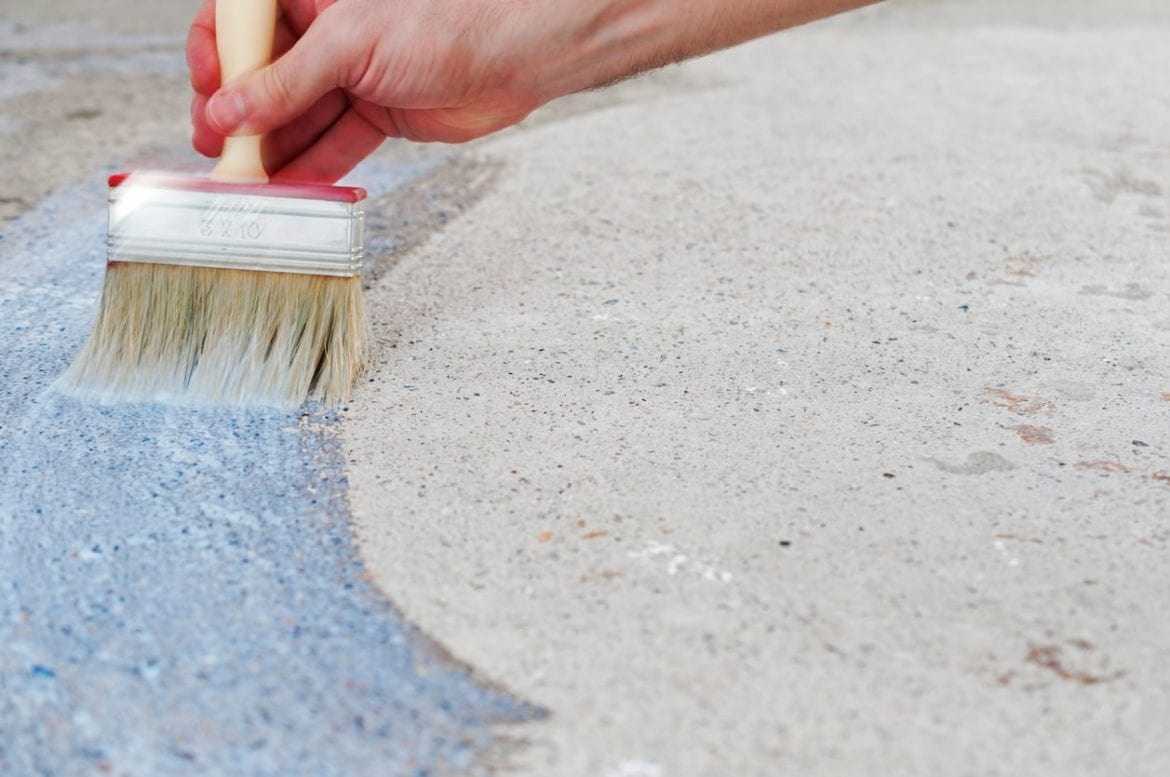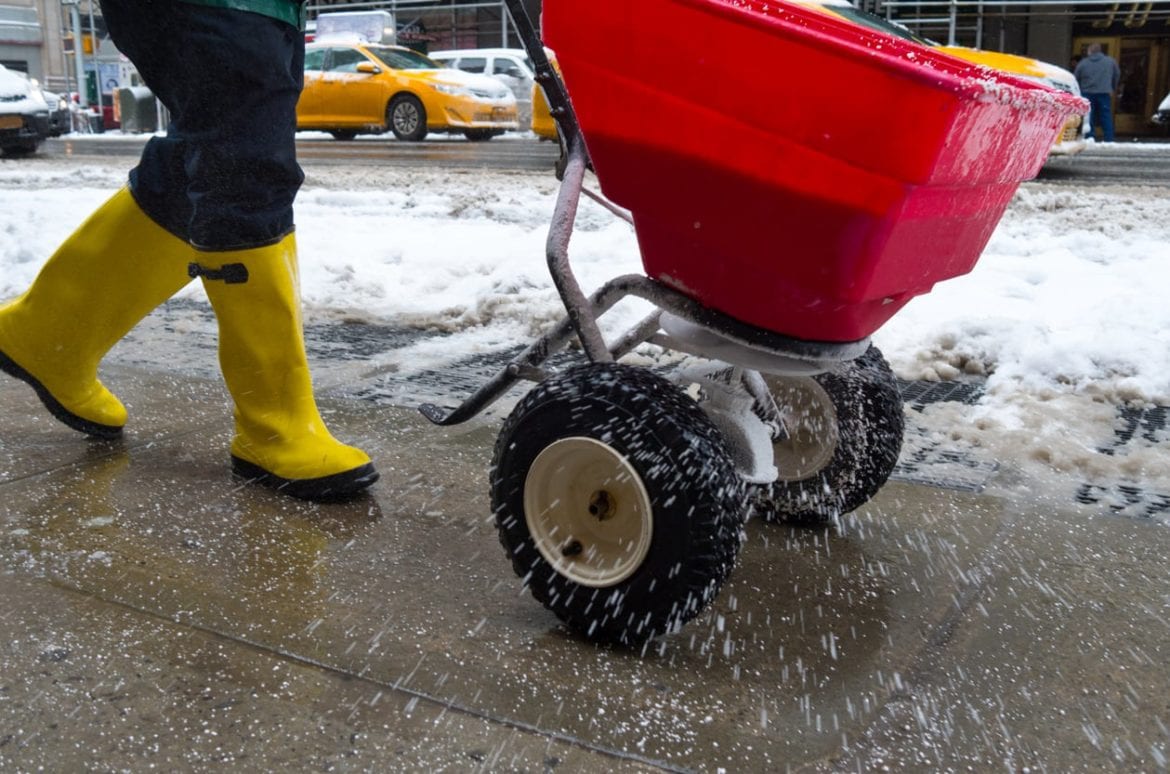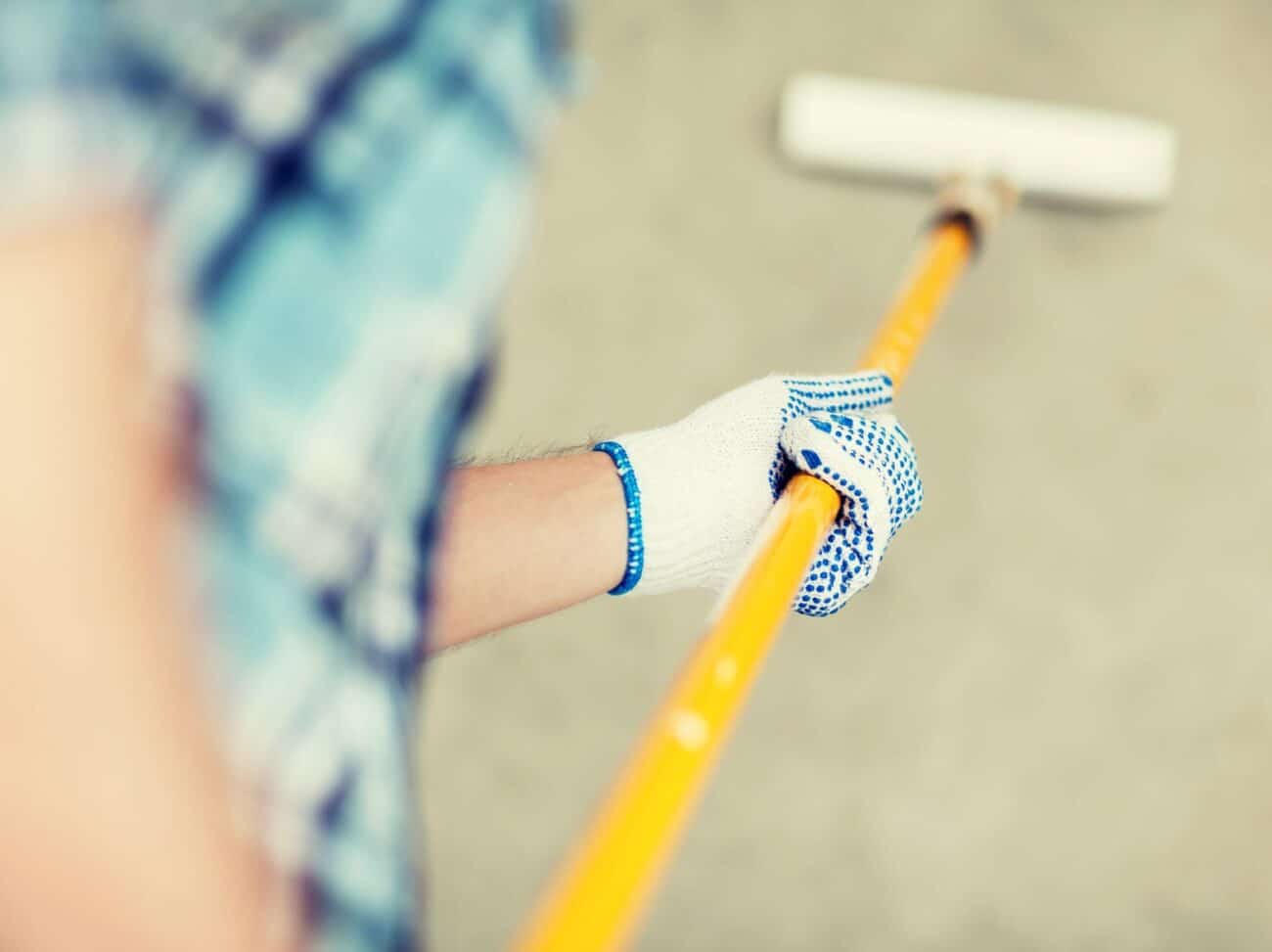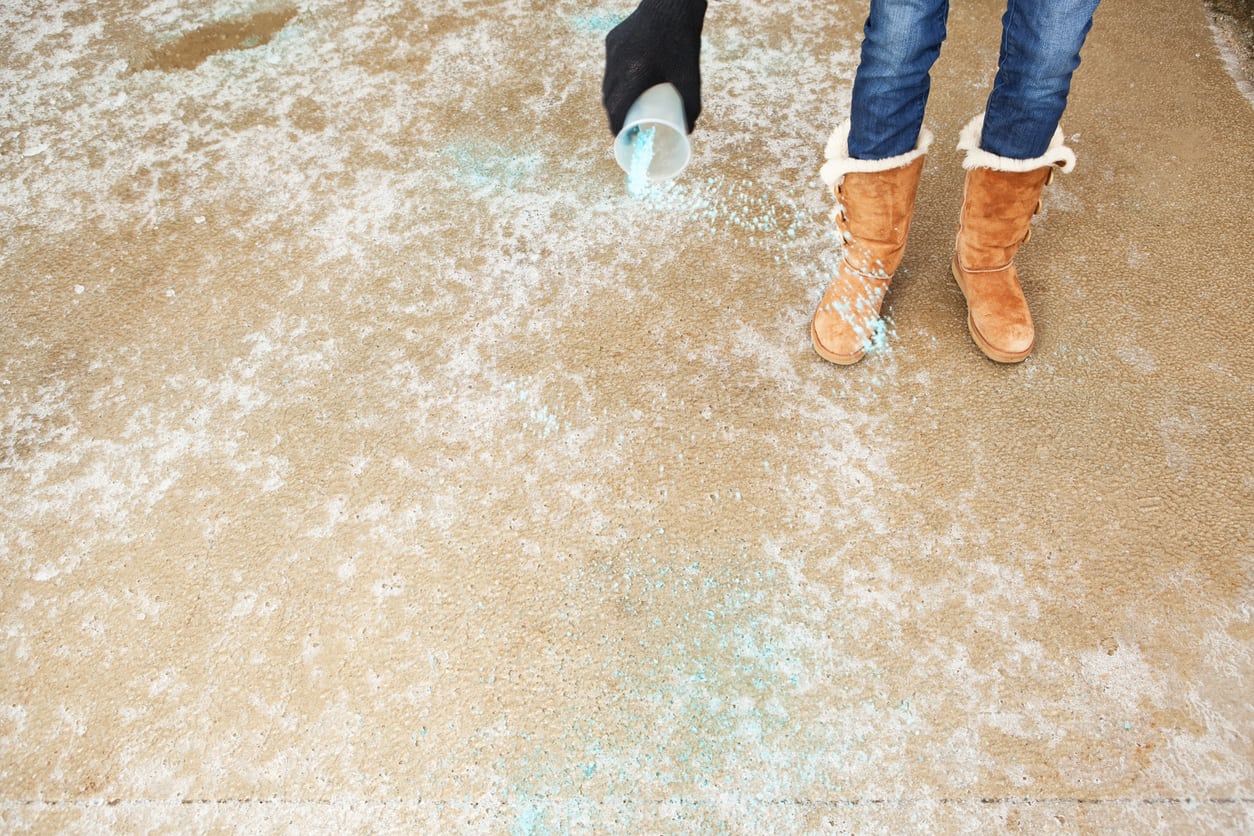Silane/Siloxane sealers are commonly used as water repellents and waterproofers especially on extremely porous cement based substrates like cinderblocks, stucco, brick and concrete. Excellent sealers for protection from freeze-thaw damage and salt degradation and commonly used on municipality jobs, highways and bridges.
Most Important Features When Purchasing a Silane/Siloxane Sealer:
- Non-yellowing and water based
- Resistance to mold, mildew, salt degradation, freeze-thaw damage
- Resistance to ASR, chloride penetration and water
Most Popular Silane/Siloxane Sealer Brand Reviews:
Siloxa-Tek 8500: Silane/siloxane designed for extremely porous concrete and masonry substrates. We have found this sealer to be extremely effective against salt degradation, spalling, cracking, freeze-thaw damage and water. We love that it is water based but performance is comparable and outperforms a solvent based silane/siloxane. 100% breathable with a 10 year warranty.
Eagle Natural Seal: Low percentage solids silane/siloxane extremely economically priced. Wide variety of applications and covers a substantial amount of square footage per gallon. No warranty on the product.
Okon S-20: High percentage solids, also available in a 40% solids version. Good protection against water and we love the ease of application with a low pressure sprayer. Low square footage per gallon.
SureKlean Weather Seal: Ready to use silane/siloxane that is also water based designed to repel water from most masonry and stucco surfaces. Will help to reduce cracking, spalling and staining. Adequate performance over time, need to reapply every few years.
Blok-Lok: We don’t like that is was not specifically designed for concrete, multi-surface sealer with a five-year warranty. Low square footage per gallon, we do like that it can be applied within 48 hours of concrete being poured since this is not a normal benefit of silane/siloxanes.
Salt damage is most commonly due to exposure to de-icing salts. However, any chemical containing chlorides, including sodium chloride, potassium chloride, calcium chloride etc. found in “safe de-icing chemicals,” fertilizers, ocean water, etc. present a danger to the concrete. All are mildly acidic, and attack the bonds that hold concrete together.
In order to prevent de-icing and chloride damage it is best to use a silane sealer or a blended water based silane/siloxane sealer. If you are looking for the much desired water bead effect choose a silane/siloxane blend.
Silanes:
Enviroseal 40 – The Enviroseal 40 is an excellent source of protection for chlorides, freeze/thaw cycles, and other such potential threats. Because of this and other characteristics of its chemical formula, the Enviroseal 40 is a preferred sealer for certain environments that need protection from high traffic. The Enviroseal 40 is also a great choice because of its international appeal. As it is manufactured by BASF, you can be assured that it will perform up to the high standard required of that company.
Silane/Siloxanes:
Siloxa-Tek 8500 – The water based Siloxa-Tek 8500 is also an excellent choice because of the change to the surface tension to produce a water repellent surface keeping water and aggressive water-soluble salts, such as chlorides and sulfates, out. Siloxa-Tek 8500 can block up to 99% of surface moisture. The active ingredients seal the pores within the substrate adequately blocking surface moisture while still maintaining the concrete’s ability to breathe with an extremely visible water bead effect.
Prosoco Salt Guard WB – Saltguard WB is a ready-to-use water-based, VOC compliant silane/siloxane water repellent and “chloride screen” for the protection of concrete and masonry. This low odor and alkaline stable, Saltguard WB is ideal for field or in-plant application to concrete and most masonry. Saltguard WB protects horizontal and vertical surfaces from moisture intrusion and chemical attack of chloride salts.
In the market of concrete sealers, there are a number of different options available to you. There are offerings such as surface-level sealers, such as acrylic sealers, epoxies, or polyaspartics and urethanes. Then, there are the penetrating variety of sealer, such as silicates, whose carriers can range from sodium to lithium. While it may be confusing to determine the difference between a silicate and a silane/siloxane, for example, the differences are not all that esoteric.
For instance, we shall consider a silicate versus a silane/siloxane. A silicate is a penetrating sealer made up of small particles of sealant. These small silicate particles are suspended in a sodium or lithium carrier that helps transport the particles past the surface pores of the concrete. The water or solvent which the silicate sealer is based in will simply allow the particles of silicate and sodium/lithium to be spread on the surface – from there, the water will evaporate and the solvent will become part of the concrete.
Once within the concrete, the silicate particles will pass through the vast network of miniscule hairline cracks and microscopic pores natural to every piece of concrete. Part of what makes concrete such a strong material is the build-up of calcium silicate hydrate. Silicate sealers react chemically with minerals present within the concrete to create more CSH, which makes the concrete stronger while simultaneously blocking out the passage of water, salts, and gases through the concrete.
Silane/siloxanes, while also a comprehensive type of concrete sealer, work a little differently. While the silane particles penetrate within the concrete, they do not react chemically to densify the concrete. Instead, the silane and siloxane particles will work in concert to create a hydrophobic barrier that will block out water and moisture. The larger particles of siloxane will remain on the surface of the concrete to provide the brunt of this barrier, while the silane particles will complement the barrier, reinforcing it to make it stronger.
As the silane/siloxane sealers feature larger particles, they are better suited for such concrete surfaces as cinderblocks, concrete blocks, and bricks – the more porous materials to which you cannot apply silicates. Both sealers are excellent choices for projects that require their particular strengths, but just make sure to do the requisite research to determine which your project needs.
Our Take: Silane/siloxane sealers readily available are Siloxa-Tek 8500 and Okon S40 while a silicate densifier that has stood the test of time is The Ashford Formula.
When looking for a concrete sealer, you have to narrow down your choices from the initial level of surface versus penetrating sealers. Next, if you choose penetrating sealers, you must choose between silicate-, siliconate-, or silane/siloxane-based concrete sealers. If you decide to use a silane/siloxane sealer, you finally need to choose which of those you want to use.
Silanes and siloxanes are both derived from the silicone family. Despite being very closely related, they have significant performance differences. Because silanes are made up of smaller molecules than siloxanes, they typically will obtain deeper penetration than siloxanes. As a result, silanes perform well under abrasion and weathering conditions. A consequence, however, of this small molecular size is that silanes are relatively volatile. Therefore, the solids content of a silane product should be high enough to compensate for the loss of reactive material through evaporation during application and cure. Siloxanes, because they are less volatile, generally offer good water repellent performance at lower costs. However, for concrete surfaces subjected to abrasive wear, treatment with a silane sealer will provide longer lasting protection. In regard to surface texture and color, treatment with silane sealers typically cannot be detected visually. Siloxane products may slightly darken the treated surface.
Manufacturers have since realized that the disadvantages can be mitigated with a special blend of the two. While there are many poorly blended silane/siloxanes on the market, there are some high-quality ones that offer a unique blend of penetrating and surface protection.
When choosing a silane/siloxane sealer, you want to look for a product that is water-based with a low VOC content. These will be easier and safer to apply, with fewer fumes and less flammability. You also want to use a product that is water repellent, such that the water will bead on the surface of your concrete. If the water doesn’t bead, then you can’t know if the siloxane part of the blend is properly working. If it is not properly working, it means the manufacturer has likely messed up the blend.
Our Take: We like the salt, chloride, freeze-thaw and water protection from the Siloxa-Tek 8500 and Okon S40.




